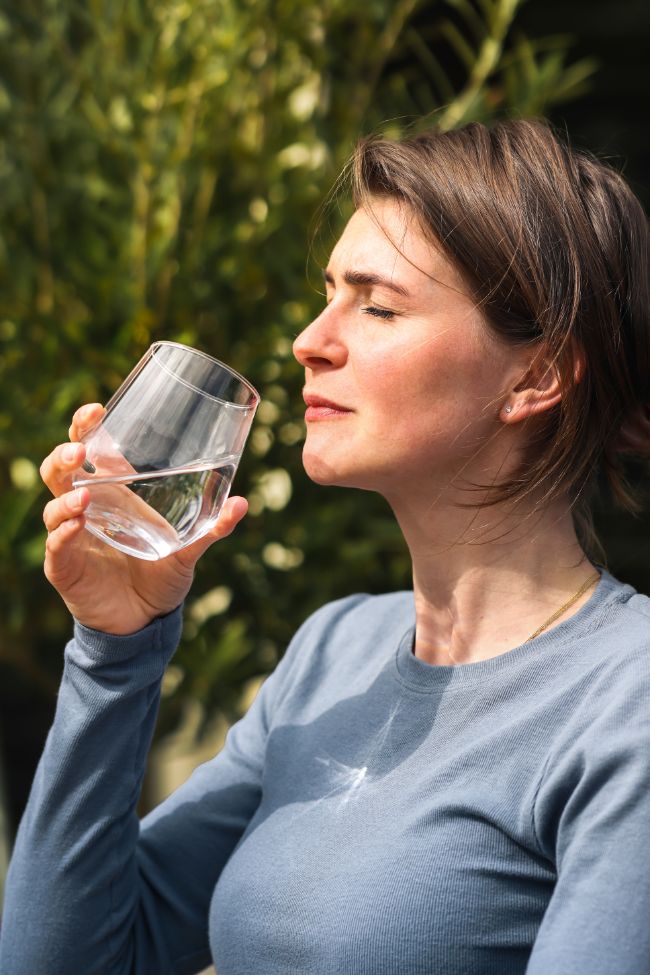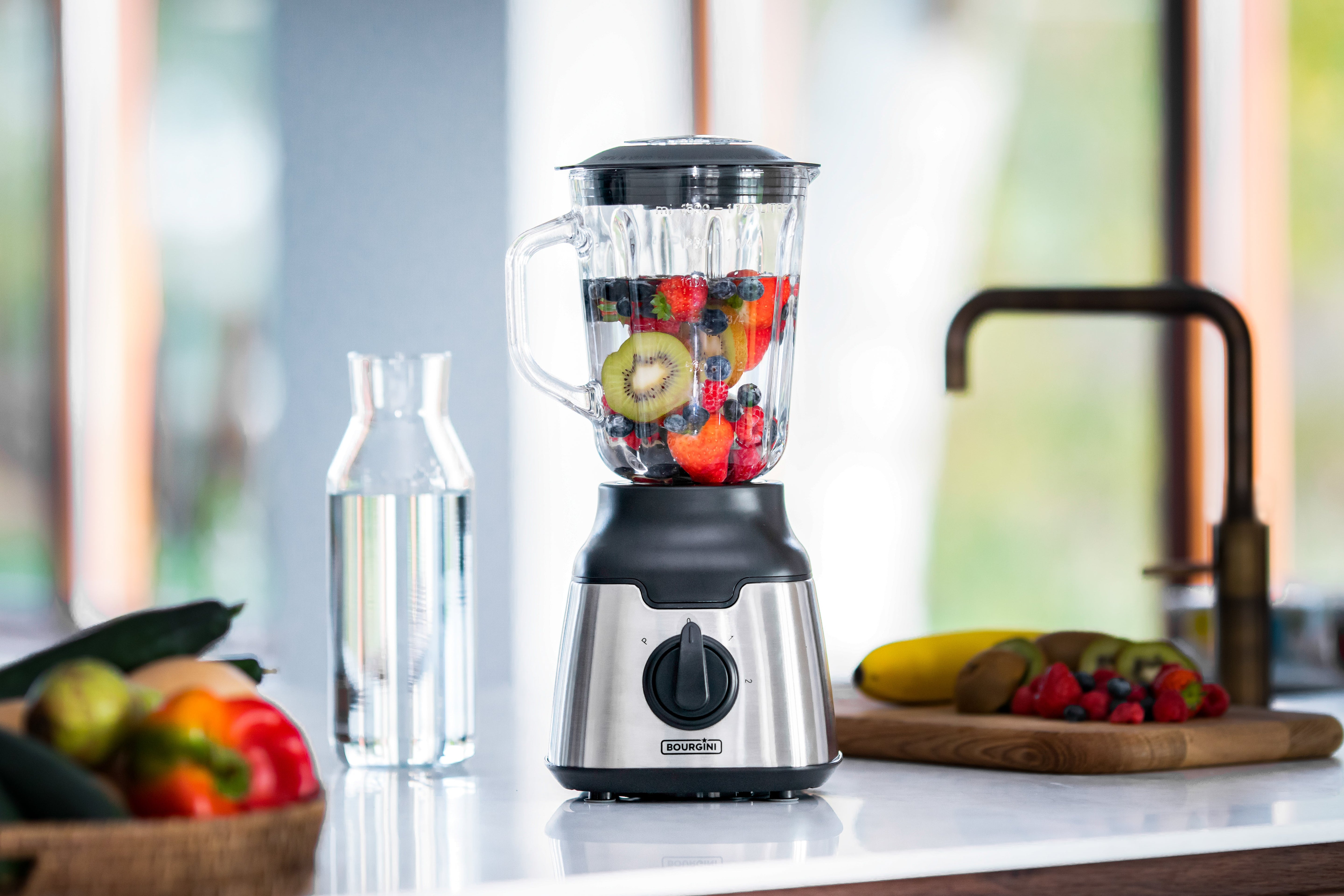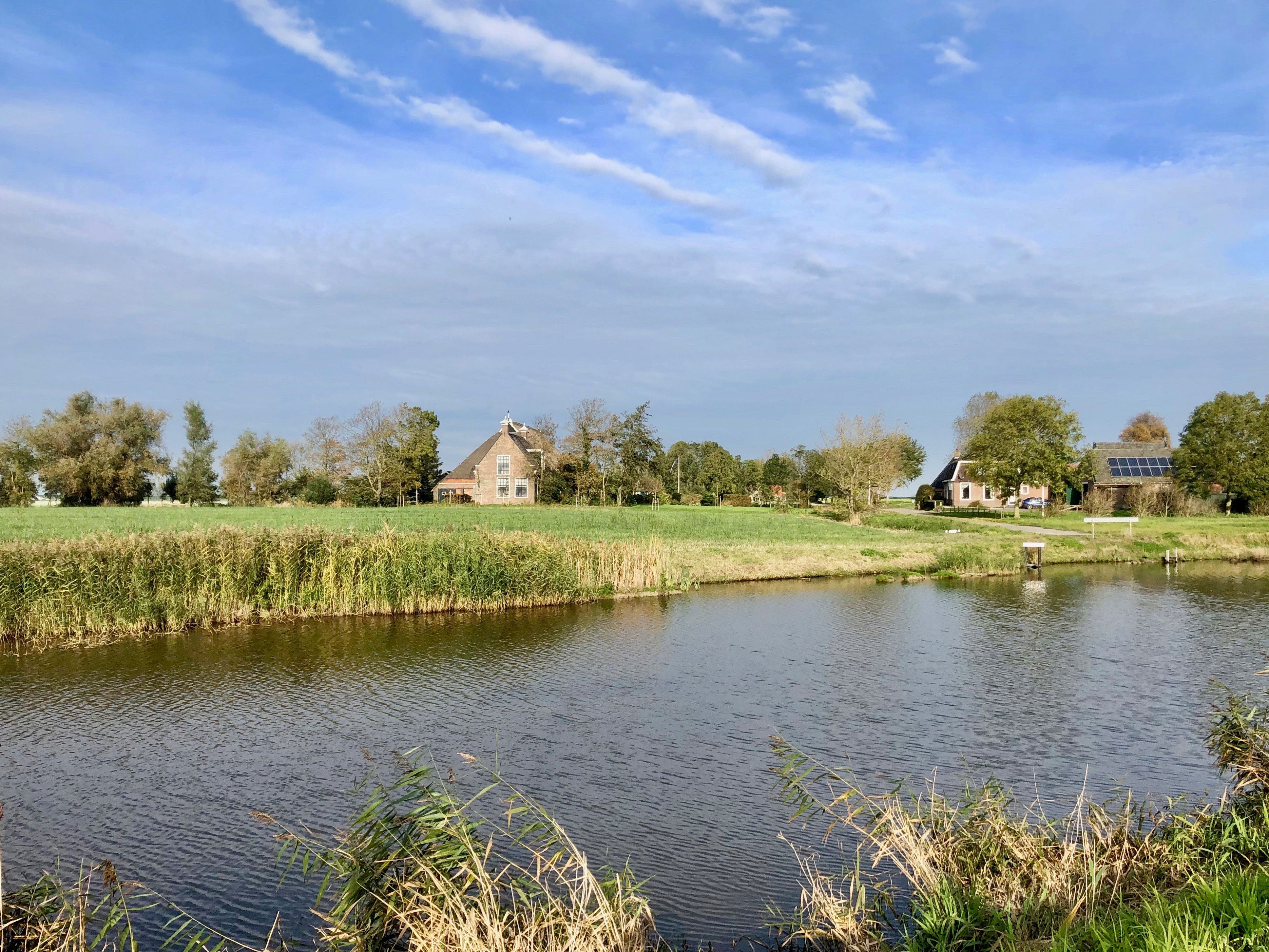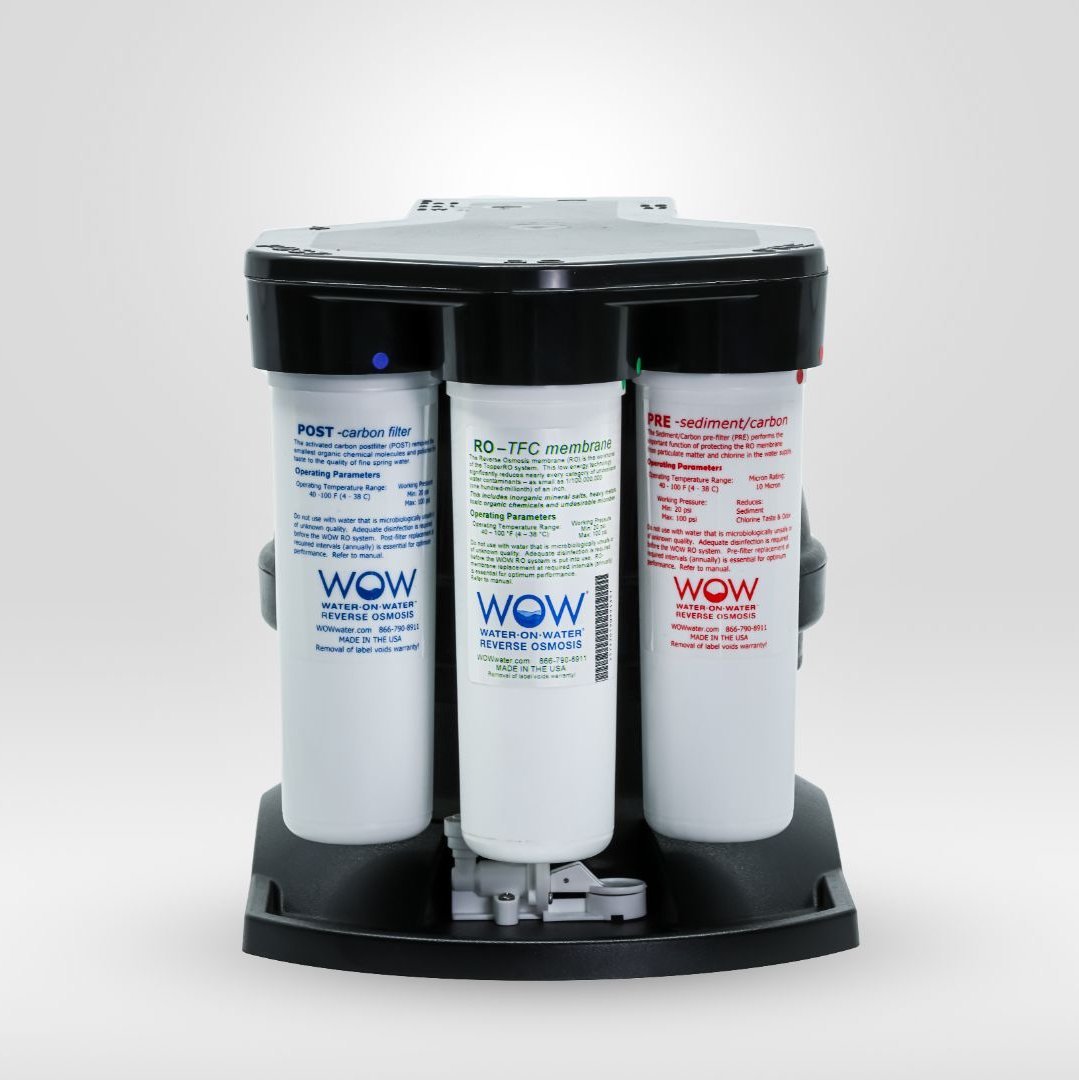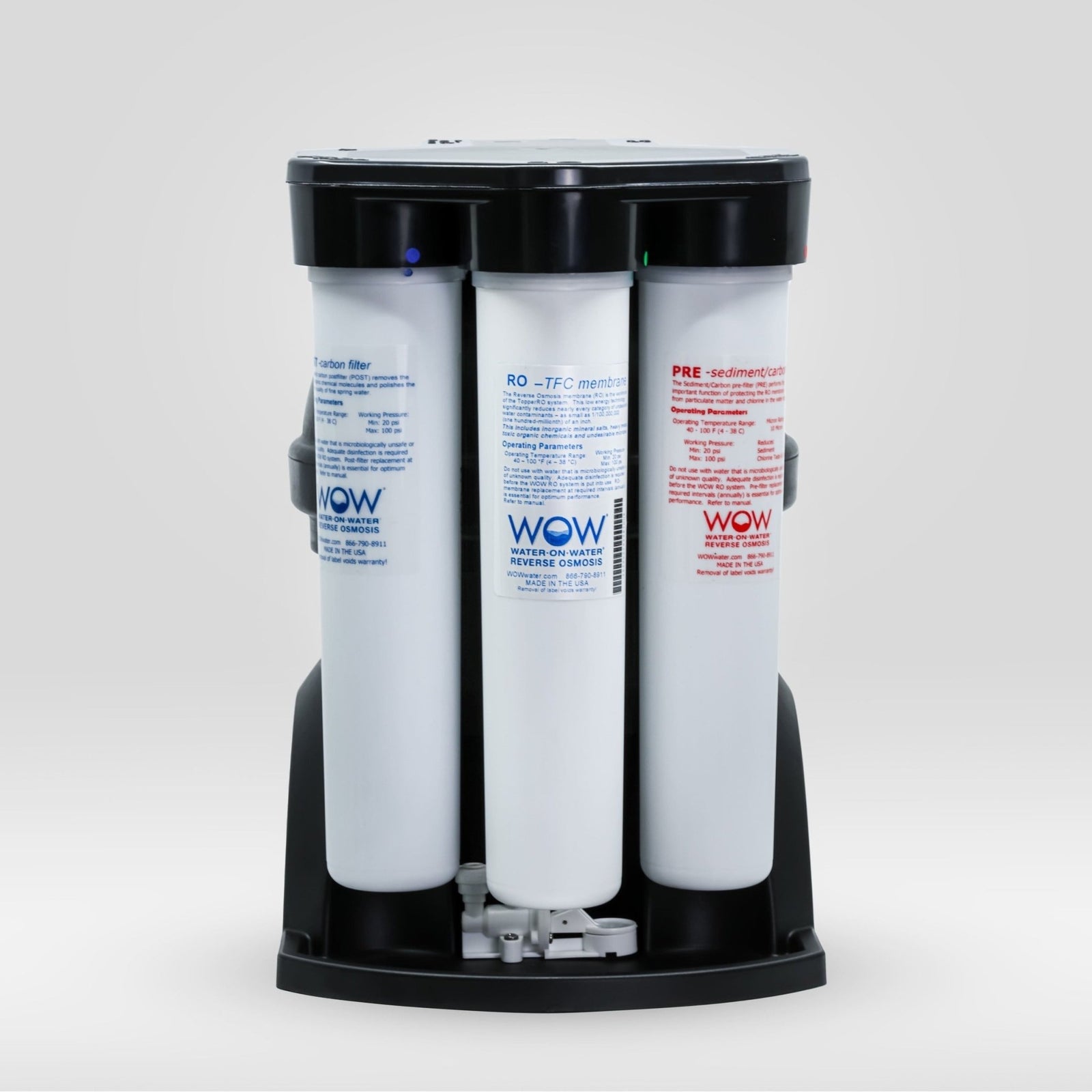Modern water purification systems can affect various aspects of water quality, including pH. When using water filters, it's important to understand how these devices can alter the chemical composition of drinking water. Different filtration techniques have varying effects on the pH balance, which can impact both the taste and health benefits of the water. Let's examine the relationship between water purifiers and the pH of our drinking water.
What is pH and why is it important for drinking water?
The pH value is a measure of the acidity of a liquid, including water. This scale ranges from 0 to 14, with 7 being neutral. Values below 7 indicate acidic water, while values above 7 indicate basic (alkaline) water. In the Netherlands, the recommended pH range for drinking water is generally between 7 and 8.5 , which is slightly alkaline.
A good pH balance in drinking water is essential for several reasons. First, the pH directly affects the taste of the water. Water that is too acidic can have a sharp, metallic taste, while water that is too alkaline often has a bitter, soapy taste. Furthermore, the pH plays a role in the effectiveness of disinfectants in the water and can influence how certain minerals are absorbed by the body.
Furthermore, the pH of drinking water can affect pipes and appliances in your home. Water with a low pH (acidic) can cause corrosion in metal pipes, resulting in the release of metals like lead and copper into the drinking water. Conversely, water with a high pH (basic) can cause limescale buildup in pipes and appliances.
Which types of water purifiers change pH the most?
Not all water filter systems have the same impact on the pH of drinking water. Some systems can significantly alter the pH, while others have little effect. Here's an overview of the most common water purification systems and their effects on pH:
- Reverse osmosis systems : These systems, like our The Source, remove up to 99% of unwanted substances from the water through a semipermeable membrane. Reverse osmosis can slightly lower the pH of water, making it slightly more acidic. This is because the process removes carbonates and bicarbonates that normally act as buffers against pH changes.
- Ion exchangers : These systems, often used in water softeners, replace calcium and magnesium ions with sodium ions. Depending on the type of resin used, ion exchangers can increase or decrease the pH value.
- Alkaline filters : These filters are specifically designed to raise the pH of water, making it more alkaline. They often add minerals such as calcium, magnesium, and potassium, which can raise the pH to 8-10.
- Activated carbon filters : These filters generally have little to no effect on the pH of water, as they primarily focus on removing chlorine, organics, and some heavy metals.
When choosing a water filter system , it's important to consider the desired effect on the pH of your drinking water, along with other factors such as the removal of specific contaminants.
Can a pH that is too high or too low be harmful to health?
The pH of drinking water can indeed affect our health, although the body has powerful buffering systems to regulate the pH of our blood. Nevertheless, there are some things to keep in mind when dealing with extreme pH levels in drinking water.
Water with a pH that is too low (below 6.5) can irritate the eyes, skin, and mucous membranes. Furthermore, acidic water can dissolve metals from pipes, leading to elevated levels of harmful substances such as lead and copper in drinking water. Long-term consumption of highly acidic water can potentially contribute to mineral loss in the body.
On the other hand, water with a pH that is too high (above 8.5) can have a bitter taste and a soapy feel. It can also lead to reduced effectiveness of chlorine disinfection, which can affect the microbiological safety of the water. Highly alkaline water can potentially interfere with the absorption of certain medications and cause stomach upset in sensitive individuals.
The optimal pH for drinking water is between 7 and 8.5, which is slightly alkaline. This range is considered safe for consumption and generally has a pleasant taste. If you're unsure about the pH of your drinking water, you can easily test it with a TDS meter, which is available from various suppliers, including PureAqua.
For most people, the pH of drinking water isn't a direct health concern unless it's extremely high or low. Taste and its effect on household appliances are often more important considerations.
If you're concerned about the pH of your drinking water, consider having it tested. Based on the results, you can decide whether a water purification system is necessary and which type best suits your specific situation and preferences.
